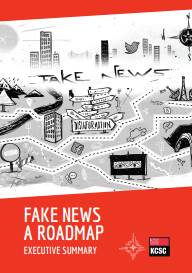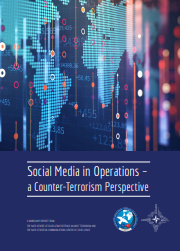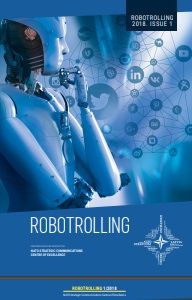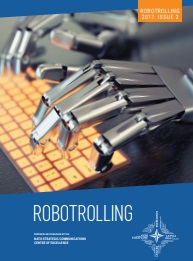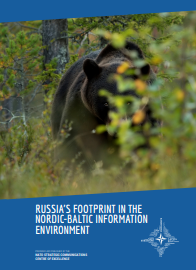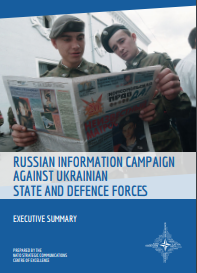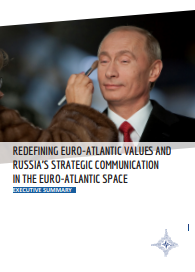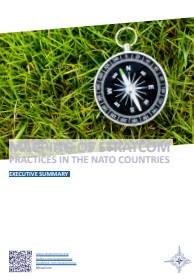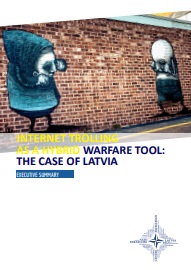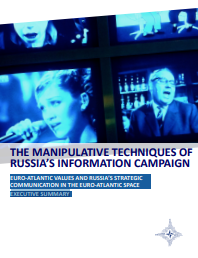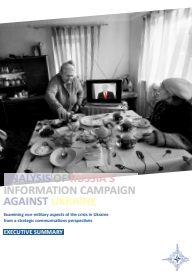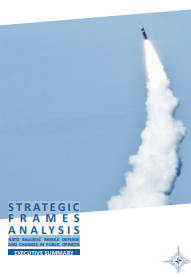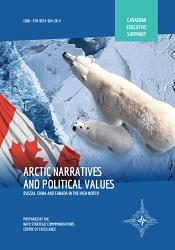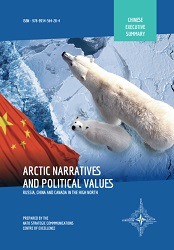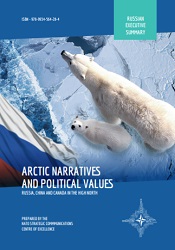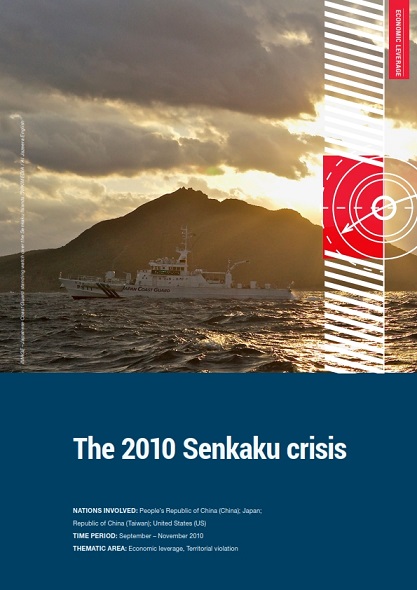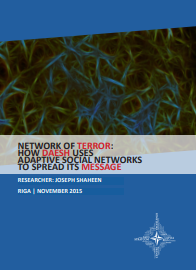
NETWORK OF TERROR: HOW DAESH USES ADAPTIVE SOCIAL NETWORKS TO SPREAD ITS MESSAGE
NETWORK OF TERROR: HOW DAESH USES ADAPTIVE SOCIAL NETWORKS TO SPREAD ITS MESSAGE
Keywords: extremist groups; Daesh; media; social media; networks; communication; information; terror;
We conducted research aimed at understanding the process by which DAESH disseminates propaganda online. Our focus was not the content that is distributed but the method by which it is distributed. We did so using a number of qualitative, statistical, and numerical analysis techniques in hopes of gaining a deeper insight into their operations and making recommendations for NATO and NATO member states on how to combat them effectively. We discovered a number of important findings the most salient of which is on how individual level decisions made by many of their members have contributed to the survival of their propaganda capabilities, and in some instances an advanced ability to thwart efforts to eliminate their message and their outreach to both locals as well as westerners. We can summarize our findings as follows: • Popular social media platforms such as, and especially, Twitter forms the core of DAESH’s propaganda and information dissemination efforts. They use these mediums as the core of a web of content that is spread in many parts of the ungoverned internet. • DAESH (perhaps unknowingly) uses and an adaptive network structure on Twitter to combat outside influences and to react to external operations seeking to curb their operations. This network adapts at high speed and with limited central organization. • DAESH makes innovative use of platform vulnerabilities that allows them to evade detection, suspension and deletion by state and non-state actors through both automated and manual methods of detection. • DAESH has amassed a strong following supported by an internal dedicated human infrastructure allowing them to affect a substantial impact on the information environment. • Through the use of a core-periphery network structure and a high number of networkcentral actors DAESH created a redundancy factor that can withstand repeated efforts to disrupt their information supply chain. • Through the use of account inflation, signaling, and closure methods, DAESH has been able to successfully create friend/ follow networks that feed into their ability to build sustainable adaptive networks, evade detection, and maintain their level of online activity. • DAESH has built a network structure that utilizes the flexibility of small communal networks and allows for the large scale interactions commonly associated with large diverse-use networks. This adds to the challenge of combating them in the traditional information warfare environment. • We create an explanatory process to simplify the reader’s understanding of the group’s usage of social media. We call it the DEER process. The DEER process begins with dissemination and ends with replenishment. We recommend this model as a way to build more effective strategies in combating the group. Our findings lead us to a more detailed understanding of the DAESH propaganda machine which has gained them notoriety throughout the world and especially on traditional media platforms; and though our conclusions are technical in nature, they have far reaching policy implications. To begin, these conclusions illustrate the ineffectiveness and inefficiencies of a distributed response to DAESH propaganda. DAESH uses limited centralization from a network perspective in order to evade detection while maintaining some control over method and content of their messages—a hybrid model—where flexibility and potency are both achievable. This means that substantial resources must be dedicated in order to combat their ideology effectively. These resources (human and otherwise) are, at the moment, non-aligned, ineffective, and unsustainable over the long term. This is not because the resources and methods used are by nature ineffective, but because the adversary is using strategies and tactics which have never been encountered on this scale ever before. For example, in this report we show that the targeting of highly visible active accounts on Twitter for deletion or suspension, though can eliminate short terms gains by the group, also provides them with the time and knowledge to build more adaptive, responsive networks. While, if account targeting is based on a community/clustering method, we can increase the transaction costs of our adversary’s recovery substantially—gaining invaluable time pinned on lower levels of propaganda diffusion— and simultaneously building more strategic operational tactics. We propose and recommend that in addition to the adjustments of technical methods used in the targeting of DAESH network infrastructure, that more emphasis should be placed on disrupting the supply chain of propaganda, rather on providing contrasting messages. This implies that permanent investments not only in new technology, but in human resources should be made, and coordinated labor division among NATO members as well as allies in the region should be instituted. Our discoveries rely on a number of assumptions to produce our recommendations—the most important of which—is that this information battle is based on concepts of adaptive networks and complex systems. This is a direct result of DAESH’s approach of relating loose policies to its members and allowing them to make individual level behavioral decisions on how best to conduct an information war. In turn, this means that traditional methods as have been adopted by various agencies, state, and non-state actors alike simply will and do not suffice, as has been evident from the group’s continual ability to conduct a propaganda war while facing insurmountable opposition, both physical and electronic. We also recommend that more effort must be made to remove the value proposition which DAESH uses to attract recruits to begin with. Though, our research did not engage the socioeconomic and geo-political environment under which potential recruits are subjected, we hypothesize that innovative efforts in this space can produce substantial declines in DAESH’s ability to disseminate propaganda and ultimately to recruit westerners to their cause. Finally, we make recommendations for future and ongoing research, some of which is much needed to understand and produce effective strategies to combat the group.
More...
